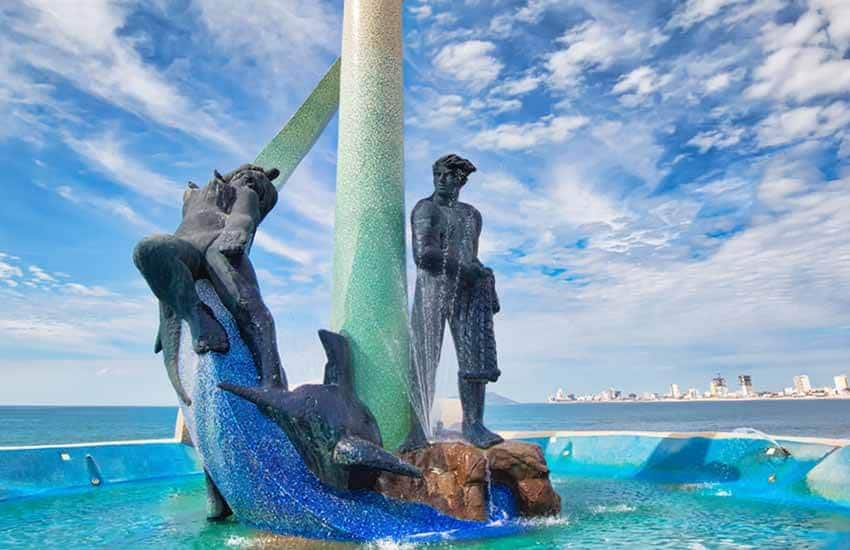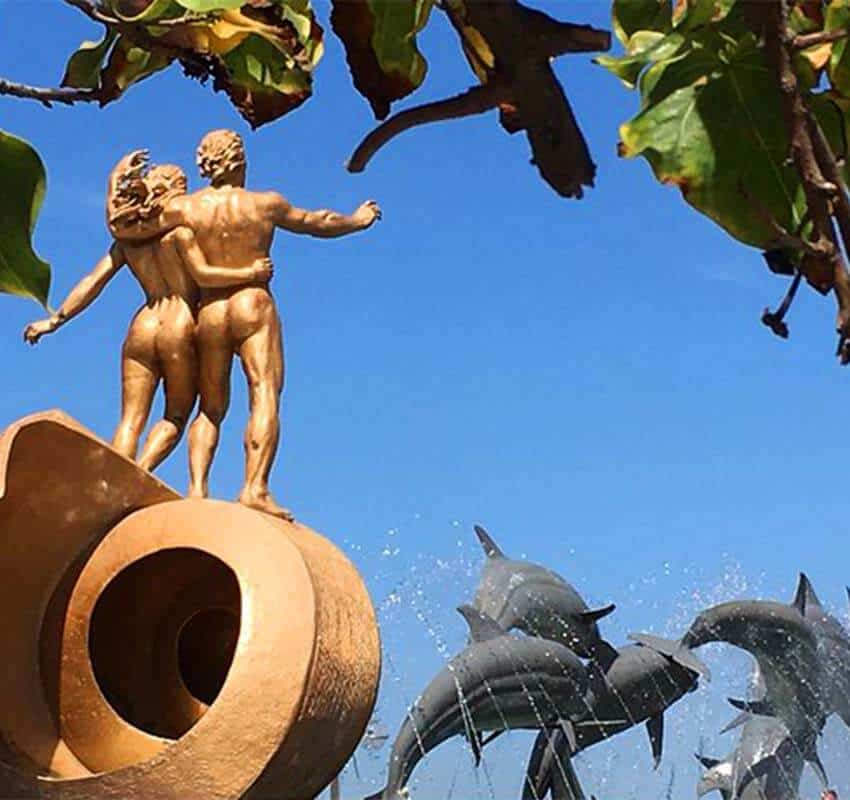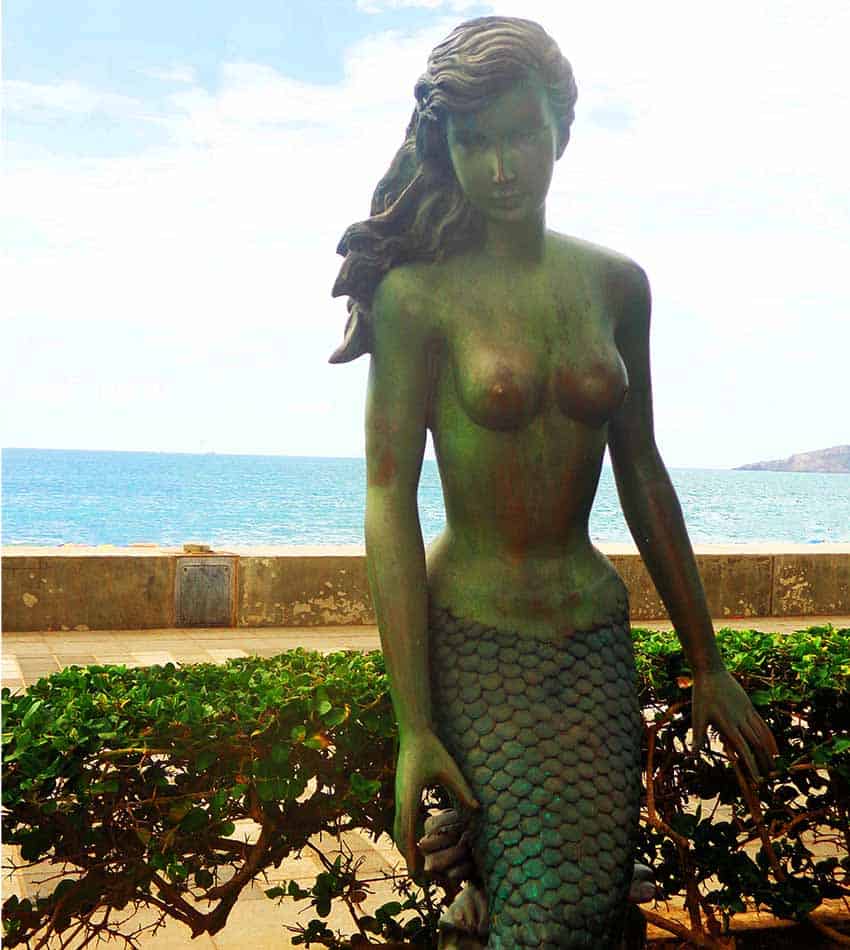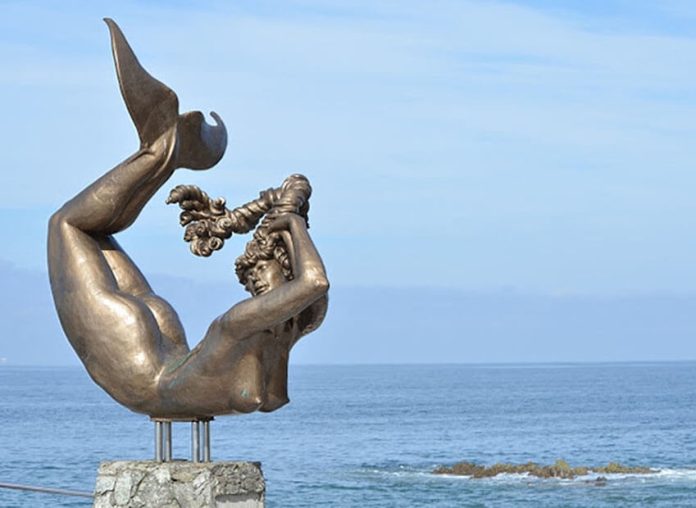They come in pairs. Roughly half the population has them, while the other half’s interest in them runs from mildly fascinated to psychotically obsessed.
All societies and cultures reserve a special place of some type or other within their ruminations, meditations and celebrations for these two eminently useful and sacredly revered objects — the female breasts. The internal structure is identical in all, but the morphologies are as multifariously dissimilar as individual fingerprints.
Most of us have accumulated knowledge of these wondrous objects through both observation and direct contact. In some societies, these objects are proudly displayed in all public places, but elsewhere they are shrouded as if to deny their very existence.
Many who possess these objects wish they had been endowed with a more substantial set. Those of us who escaped birth without a proper pair of them spend a good portion of our lives just trying to effectuate contact. When I grew up in the United States, these objects were never seen in public, other than at museums or art galleries. Back then, if you were not born with a pair, you needed to be an adult to gaze upon a glossy, two-dimensional image of them in a magazine.
I am now lucky enough to live in a country where these hallowed appurtenances are superbly immortalized in bronze and prominently displayed in public places. Mazatlán, no different than many other Mexican cities, has a collection of statues proudly displaying its marvelous, perfectly configured demigoddesses with their upper body parts exposed for all to enjoy.

As the gateway to the city center, the Fisherman’s Monument is that area’s northernmost effigy of these busty bronze beauties — a Rubenesque woman’s form decorously draped at the base of a stylized lighthouse with a curving path to the apex.
She could be provocatively adorning the guiding light to bring her man back to her home and heart. Or the pudgy woman could be assuming a seductive pose in hopes of bewitching the hapless fisherman into floundering upon the rocky shoals.
However you choose to view it, this monument’s sculptor equipped the woman with a pair that most women would kill for. The fisherman in this monument also displays his unique gender characteristics, but he has the package of a pigmy — embarrassingly diminutive.
I believe that the artist is attempting to bolster his male viewers’ self-esteem as they think to themselves, “I am more of a man than that.” Mexican culture tends to layer meaning upon meaning, so whatever the intended symbolism is, it’s hiding among numerous possibilities.
As we wander south along Mexico’s longest malecón, the next encounter is commonly called “the dolphin monument,” but the sculpted man and woman standing in a side-to-side embrace are the real show here.
Both figures display the perfect human form, reminiscent of Leonardo da Vinci’s Vitruvian Man. Both are larger-than-life and sport impressive physiology as they watch a pod of eight leaping dolphins and the man’s right arm points north.

Again, the intended symbolism is up for grabs, but after years of contemplation, a dim bulb flickered somewhere in my tequila-soaked brain: my conclusion is that the man is pointing to the poor fisherman, with his picayune package, while declaring himself amply equipped to properly pleasure his partner.
Next along our journey is the Mujer Mazatleca, (the Mazatlán woman), with her arms open wide to welcome all into her bare-chested embrace. Since this statue is on a three-meter pedestal, she is out of reach to all who pass by.
But just south of the Mazatleca, the curvilinear dolphin-woman statue you’ll find is the first with her magnificent mammary glands within reach of the general public. This fact alone makes her the most photographed statue in all of Mazatlán.
The typical photo has one or more males between the age of 12 and 30 with one or more hands on those pendulous appendages so proudly proffered.
The last bronze enchantress is a bashful little thing hiding in the bushes between the malecón and the street. Her demure and faraway gaze — as if she has lost her way back to the netherworld and will spend eternity wistfully ruminating over a square meter of soil — draws little attention from pedestrians or passing drivers. However, even with her introspective countenance and diminutive size, she is my favorite piece of bronze in Mazatlán.
So, wherever you find yourself in the land of tacos and tequila, be sure to enjoy this freedom of expression so conspicuously celebrated in timeless bronze; you will harbor no regrets.

The writer describes himself as a very middle-aged man who lives full-time in Mazatlán with a captured tourist woman and the ghost of a half-wild dog. He can be reached at [email protected].
